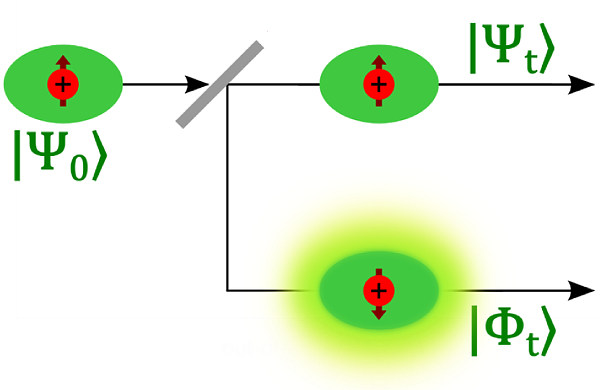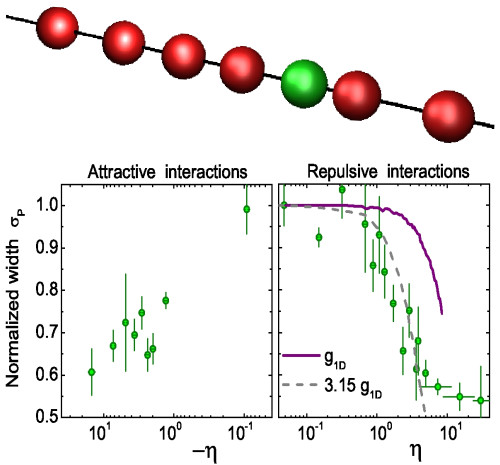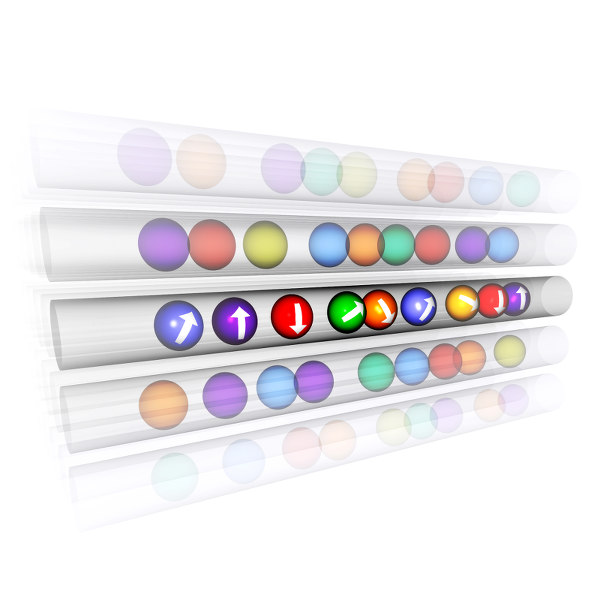 |
Ultracold atoms and trapped ions are among the most powerful tools to study quantum physics. On the one hand, ultracold neutral atoms provide an exceptional resource for studying many-body physics, since a relatively large number of particles, typically from a few tens of thousands to several million, can be brought to quantum degeneracy. Quantum gases have been used extensively in recent years to realize quantum simulations of fundamental models of condensed matter, the solutions of which are often too complex to be computed. On the other hand, trapped ions provide a great resource to explore the physics of small quantum systems. They provide one of the most successful hardwares for a quantum computer, and clocks made of trapped ions are among the most precise. Moreover, trapped ions have been recently used as a quantum simulator, making the path of the two subjects of ultracold atoms and trapped ions even more entangled. Only recently, though, ultracold atoms and trapped ions have been brought together in a single experimental setup. The progress in this new research field has been extremely fast, and now about ten groups in the world have built or are currently building experimental setups in which different pairs of atoms and ions are used together. piccola sito The reason for this interest is based on the several innovative ingredients that are available – many more than in traditional atomic physics experiments. At the fundamental level, atoms and ions interact through a potential that is much more long-ranged with respect to the interaction between ultracold atoms (scaling with R-4 instead of R-6, where R is the internuclear separation), and one can exploit the different techniques to manipulate atoms and ions to exert more control in the hybrid system. With this control at hand, atom-ion quantum systems have been proposed to advance quantum simulation, quantum computation, and quantum chemistry. In our project, we plan to realize a new-generation atom-ion machine in order to realize new quantum simulations of a many-body system in the presence of one or more localized impurities. With this setup, we plan to investigate fundamental atom-ion interactions in the ultracold regime, and to use these controlled interactions to realize a platform for investigating out-of-equilibrium quantum systems and quantum thermodynamics. |
LAST NEWS
 |
We report on the first direct observation of fast spin-exchange coherent oscillations between different long-lived electronic orbitals of ultracold 173Yb fermions. We measure, in a model-independent way, the strength of the exchange interaction driving this coherent process. This observation allows us to retrieve important information on the inter-orbital collisional properties of 173Yb atoms and paves the way to novel quantum simulations of paradigmatic models of two-orbital quantum magnetism. G. Cappellini et al., See also the Physics Viewpoint by A. M. Rey: A. M. Rey |
 |
In an array of one-dimensional traps, we create impurities of K atoms immersed in reservoir of Rb atoms. The impurities are first localized by an external species-selective potential and then suddenly freed: their subsequent dynamics exhibits "breathing" oscillations, due to a weaker confining potential. We find that the amplitude of these oscillations is reduced when increasing the strength of the impurity-reservoir interaction, irrespective of its sign. We interpret our data with a polaric mass shift model derived following Feynman variational approach. J. Catani et al. |
 |
Correlations in systems with spin degree of freedom are at the heart of fundamental phenomena, ranging from magnetism to superconductivity. The effects of correlations depend strongly on dimensionality, a striking example being one-dimensional (1D) electronic systems, extensively studied theoretically over the past fifty years. However, the experimental investigation of the role of spin multiplicity in 1D fermions — and especially for more than two spin components — is still lacking. Here we report on the realization of 1D, strongly correlated liquids of ultracold fermions interacting repulsively within SU(N) symmetry, with a tunable number N of spin components. We observe that static and dynamic properties of the system deviate from those of ideal fermions and, for N > 2, from those of a spin-1/2 Luttinger liquid. In the large-N limit, the system exhibits properties of a bosonic spinless liquid. Our results provide a testing ground for many-body theories and may lead to the observation of fundamental 1D effects. G. Pagano et al., |

